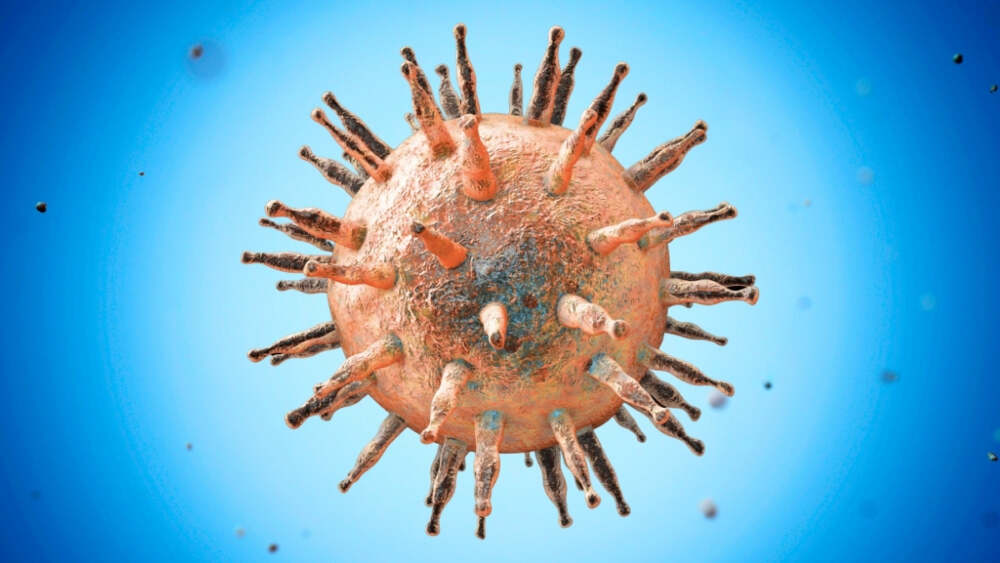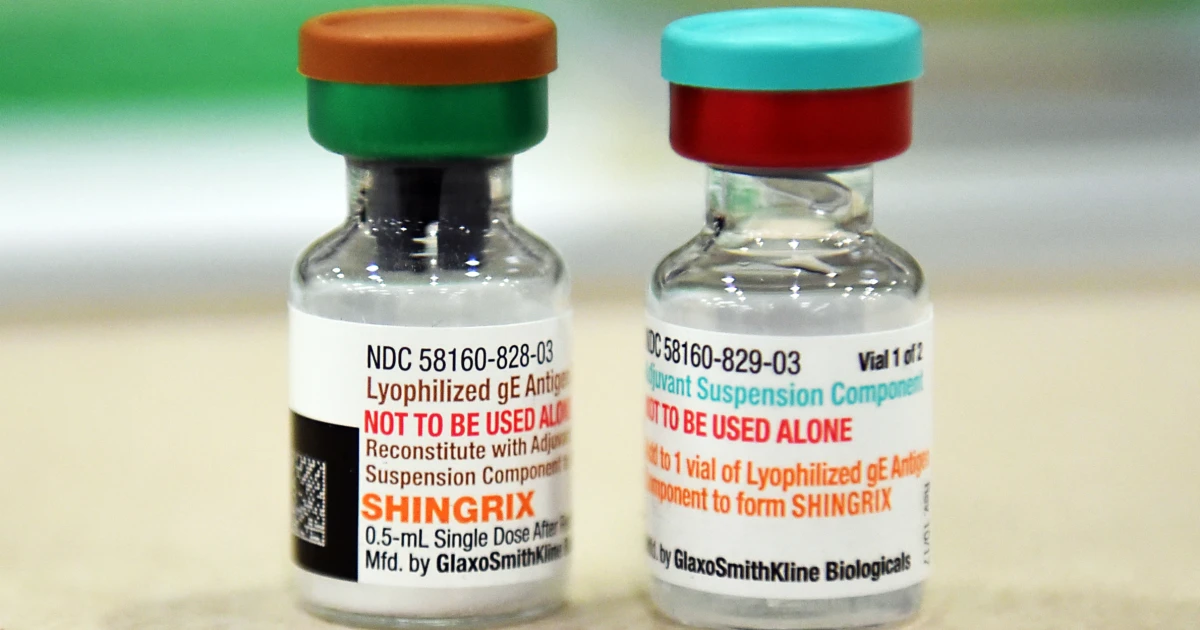The increasing use of GLP‑1 receptor agonist medications—widely prescribed for weight loss and type 2 diabetes—is being linked to a higher incidence of hair shedding and thinning. While the drugs themselves are not believed to directly cause follicle damage, the associated rapid weight loss and metabolic changes appear to trigger a condition known as telogen effluvium, a form of diffuse hair loss.
What’s Happening
GLP‑1 medications work by mimicking a hormone that regulates appetite and insulin levels, often leading to significant calorie reduction and fast weight loss. Many users report noticing increased hair fall two to three months after beginning treatment. Dermatologists say this pattern fits telogen effluvium: because the body experiences stress—whether metabolic, nutritional or hormonal—hair follicles prematurely enter the resting phase and then shed.
Why It’s Not the Drug Alone
Medical specialists emphasize that hair loss in these cases is more likely a secondary effect rather than a direct toxicity of the medication. Key contributing factors include:
- Rapid weight loss: A dramatic drop in body weight can stress the system and disrupt hair‑growth cycles.
- Nutrient deficiency: Reduced food intake may lead to low levels of iron, zinc, vitamin D or protein—all vital for healthy hair.
- Hormonal shifts: Changes in metabolic state can alter thyroid or sex‑hormone balance, further affecting hair health.
- Stress on the body: Even intentional weight loss is a physical stressor; the body may divert resources away from hair growth.
What You Should Know
- Onset timing: Hair shedding often begins around 2‑3 months after weight loss begins, though it may take longer for some.
- Pattern: Rather than patchy bald spots, individuals typically notice general thinning or more hair collected in brushes and drains.
- Prognosis: The good news: telogen effluvium is usually temporary. If weight loss stabilizes, nutrient levels are addressed and overall health returns to equilibrium, hair growth often recovers over 6–12 months.
- When to seek help: If shedding persists for more than six months, or if bald patches appear, consulting a dermatologist is advised to rule out other causes like androgenetic alopecia, thyroid disease or autoimmune conditions.
Strategies to Mitigate the Risk
- Moderate your weight‑loss pace: Slowing down the rate of decline may reduce stress on hair follicles.
- Maintain nutrition: Ensure adequate protein intake and monitor key nutrients such as iron, zinc and vitamin D.
- Monitor overall health: Regularly check for thyroid, hormonal or other metabolic issues that may compound hair loss.
- Gentle hair care: Avoid aggressive styling, heat damage or harsh treatments until regrowth stabilizes.
- Communicate with your doctor: If hair loss worries you, your physician may adjust your plan or refer you to a specialist for guidance.
Bottom Line
As GLP‑1 medications continue to gain popularity for weight and diabetes management, awareness of potential side effects like hair loss is important. While the drugs offer significant benefits, shedding hair may be a distressing surprise for some users. Fortunately, the mechanism is well understood and largely reversible—making early recognition and supportive care key to navigating this side effect with confidence.












Leave a Reply